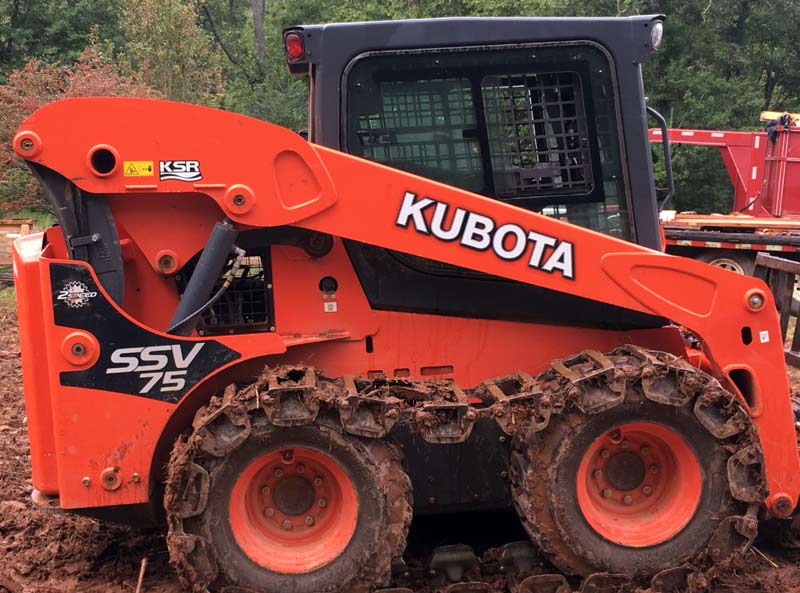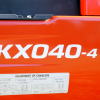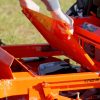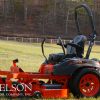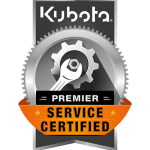The skid steer was invented in 1956 for a single purpose, cleaning poultry barns. They’ve come a long way since then. Today’s skid steers are powerful and versatile, but still feature the small space maneuverability that made them popular in the beginning.
With all the skid steers on the market, how do you choose the one that’s right for you? Here’s what to look for when buying a skid steer.
Jobsite Considerations
The primary consideration for this type of equipment usually comes down to how and where it will be used. Here’s what you need to know about the job and location.
Measure the space. Skid steers are often used in spaces where there is a height or width restriction such as barns, poultry houses, or even between houses in a subdivision. Before you even think about brands and features, measure your job site, including doors, corridors, gates, and ramp widths and heights. Most skid steers run from 3 feet to 6 feet wide, and up to 12 feet in extended height.
Don’t forget to consider dump height if you’ll need to move materials using a bucket attachment or forklift. You’ll need at least two feet of clearance for a bucket dump. Look for the “height to hinge pin” spec. It’s the pivot point between the loader arms and the bucket. It will range between 8 feet and 12 feet. This is important to know if you’ll be loading trucks or trailers with loose materials
Consider the weight limits. Lift, or operating capacity is the amount of weight the skid steer can lift, carry, and move. This will depend not only on engine size, but the physical size and weight of the machine. Typically the bigger the engine the larger and heavier the machine is and the more weight it can lift. Typically, a 75 hp model will weigh around 8,000 to 10,000 lbs and will have a capacity of approximately 3,300 lbs, while a 95 hp model will weigh around 13,000 lbs and have a capacity upwards of 4,500 lbs.
Bigger engine sizes also mean reduced maneuverability. If you’re working in a small space, you may have to sacrifice lift capacity for size.
Lift Type
Skid steers have either a vertical lift style or a radial lift design, and either style works for a number of applications.
Manufacturers size skid steers by rated operating capacity, but that’s just a starting point of key considerations. Radial lift skid steers have more reach at the mid-point level, while vertical lift types offer more height and reach at maximum lift. For example, if you’re loading pallets onto high shelving, you may need a vertical lift type, but if you’re doing sidewalk construction work, a radial lift style will offer better reach.
Features
Once you have the specifications hammered out, you can start thinking about features. Skid steers come with options to enhance operator comfort, such as enclosed, temperature controlled cabs and comfortable seats.
Control types vary in different models and might feature levers, foot pedals, or joystick controls. Joysticks are more common in larger skid steers for more precise control.
For easy maintenance, consider a model with easy access to grease-zerks, fluid compartments, and large access points for easy debris cleaning.
To add versatility to your equipment, modern skid steers have a wide array of attachments to choose from, making the list of jobs you can do with a skid steer almost endless. Choose a model with the available skid steer attachments to fit your needs. You may be able to choose from sweepers, collectors, forestry cutting heads, power rakes, forks, bale spears, grapples, snow removal attachments, mulchers, drills, and more.
As compact, maneuverable skid steers continue to evolve and add versatility, they are likely to become even more useful in the future. Once a machine designed to do a single job, skid steers of today are powerful, compact, versatile, and comfortable to operate. Future models will continue to build on that legacy.
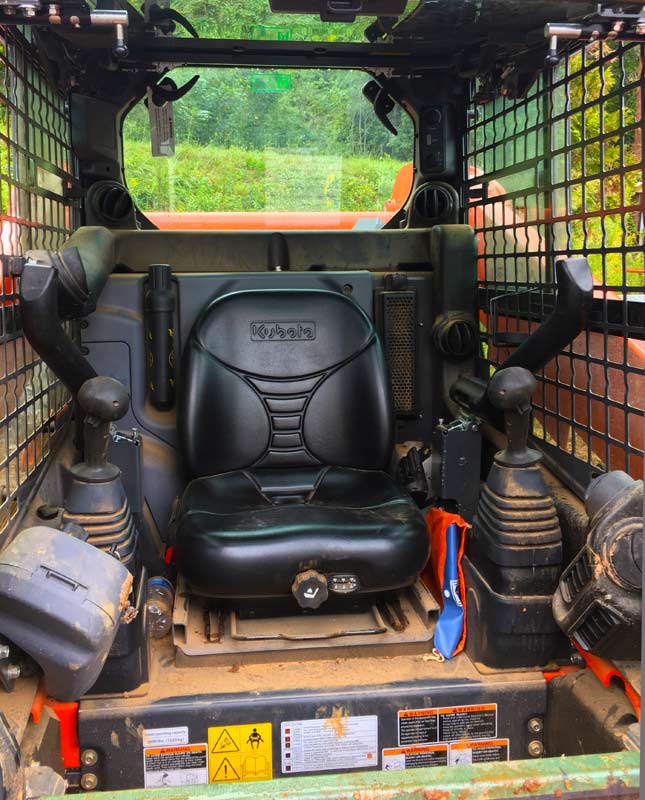
Sources:
John Deere skid steer specs infographic
Association of Equipment Manufacturers – Skid Steers of the Future


